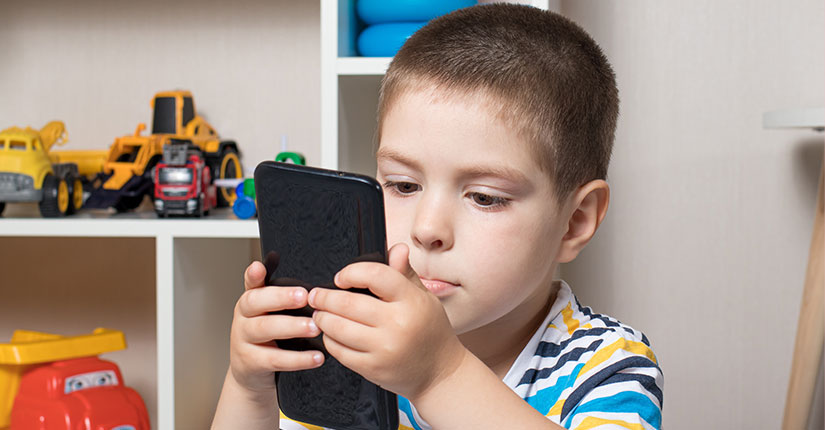Screen Time and Childhood Obesity: Finding a Healthy Balance
By Nmami Agarwal 27-Sep 2023 Reading Time: 6 Mins

In today’s digital age, screens are everywhere! From tablets and smartphones to TVs and gaming consoles, screens have become an integral part of our lives, including our kids’. But there’s a growing concern: the link between excessive screen time and childhood obesity. Let’s dive into this issue and find out how we can strike a balance between screens and a healthy, active lifestyle.
The Screen Time Dilemma
Remember the good old days when “screen time” meant gathering around the family TV for a movie night? Nowadays, screens are everywhere, and kids seem to have a sixth sense for finding them. While technology can be fantastic for education, entertainment, and staying connected, it also has its downsides, particularly when it comes to our kids’ health.
The Sedentary Trap
One of the biggest problems with excessive screen time is that it often leads to a sedentary lifestyle. Kids can spend hours glued to screens, whether it’s playing video games, scrolling through social media, or binge-watching their favorite shows. All this sitting around means less physical activity, which is a recipe for childhood obesity.
Snacking and Screens
Another tricky aspect of screen time is snacking. It’s all too easy to munch on chips or cookies while binge-watching a series or gaming for hours. And guess what? Those empty calories can pile up quickly, leading to weight gain over time. It’s not just the screen time itself; it’s the snacking habits that often accompany it.
The Blue Light Effect
Beyond just promoting a sedentary lifestyle and unhealthy snacking, screens can mess with our kids’ sleep. The blue light emitted by screens can disrupt their sleep patterns, making it harder for them to fall asleep at night. Poor sleep can lead to weight gain as it messes with our hunger hormones, making us more likely to reach for unhealthy foods.
The Path to a Healthy Balance
So, what can we do to find a healthy balance between screen time and physical activity for our kids? Here are some practical tips:
- Set Screen Time Limits: Establish clear guidelines for screen time. Create daily or weekly limits, and encourage your kids to stick to them. Make sure to include both leisure and educational screen time in your calculations.
- Encourage Outdoor Play: Get your kids outside! Whether it’s a game of tag, bike riding, or just exploring the neighborhood, outdoor play is essential for physical health and development.
- Screen-Free Zones: Designate certain areas in your home as screen-free zones, like the dining room and bedrooms. This can help reduce mindless snacking and encourage family bonding.
- Be a Role Model: Children learn by example. Show them the importance of a balanced lifestyle by limiting your screen time and being active yourself.
- Choose Educational Content: Not all screen time is created equal. Look for educational apps, games, and shows that can help your kids learn and grow while they enjoy their screen time.
- Set a Bedtime Routine: Establish a bedtime routine that includes winding down without screens. Reading a book or doing some calming activities can help your child sleep better.
- Healthy Snacking: If snacking is a concern, provide healthy snack options like fruit, veggies, and yogurt. Limit the availability of sugary and processed snacks.
- Family Activities: Plan regular family activities that don’t involve screens, like hiking, board games, or cooking together. These moments can create lasting memories.
Conclusion
Screen time and childhood obesity are indeed connected, but it’s essential to find a balance that works for your family. Embrace technology as a tool for learning and entertainment, but also prioritize physical activity, healthy eating, and quality family time. By being mindful of screen time and making a few lifestyle adjustments, you can help your kids grow up healthier, happier, and ready to face the digital world with confidence!





















